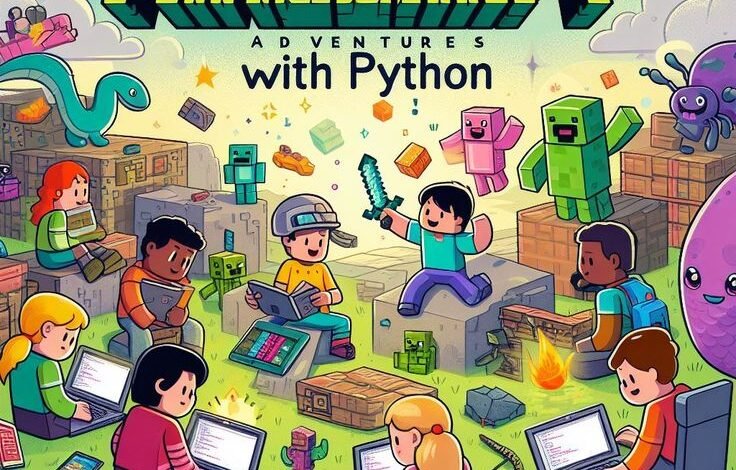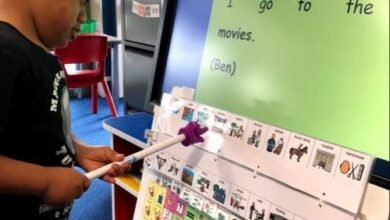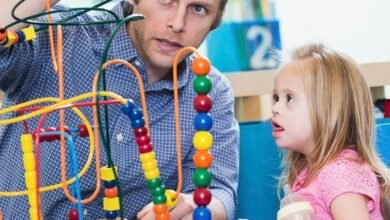Minecraft Education Mods: Enhance Learning with Creative Tools
Minecraft Education Mods: Enhance Learning with Creative Tools

Introduction to Minecraft Education Mods
Minecraft is more than just a game; it’s a gateway to creativity, problem-solving, and collaboration. With millions of players worldwide, its open-ended, sandbox nature has made it a staple in both entertainment and education.
For educators, Minecraft presents a unique opportunity to engage students in learning like never before. Enter Minecraft Education Mods—powerful tools that allow educators to expand the educational potential of the game. Mods (short for modifications) add custom features, tailored experiences, and subject-specific lessons that breathe life into classrooms.
But how can teachers start using these tools? And what makes them valuable in educational settings? This article explores Minecraft Education Mods, their benefits, real-world success stories, and best practices for incorporating them into your educational toolkit.
The Benefits of Minecraft Education Mods
Transforming the Learning Experience
Minecraft Education Mods offer endless possibilities for turning traditional lessons into hands-on, interactive experiences. With tailored mods, students can learn complex subjects like math, science, or history by solving puzzles, building creations, and participating in collaborative gameplay.
For instance:
- Critical Thinking: Mods like Redstone Chemistry challenge students to apply logic and problem-solving by creating circuits or new elements.
- Creativity and Design: Mods allow students to recreate historic landmarks or design renewable energy systems. ArchitectureCraft is a mod that could inspire budding architects.
- Collaboration Skills: Multiplayer mods provide opportunities to work as teams, fostering skills like communication and dispute resolution.
Empowering Educators
For teachers, mods serve as an innovative way to make learning interactive and exciting. They align with curriculum goals, allowing educators to teach subjects like coding, environmental science, or physics in an engaging context. Mods also help differentiate instruction, catering to various student needs and learning styles.
Specific benefits include:
- Customizable lessons that fit unique learning objectives.
- Pre-built worlds that save teachers time while still offering educational value.
- Enhanced student engagement, even with traditionally “difficult” subjects.
How to Get Started with Minecraft Education Mods
If you’re new to Minecraft and mods, getting started may feel overwhelming, but it’s simpler than it seems. Follow these steps to integrate Minecraft Education Mods into your curriculum effectively:
Step 1: Choose the Right Version
First, ensure you’re using Minecraft Education Edition, the version designed specifically for schools. This edition offers access to pre-built lessons, additional tools, and maximum control for educators.
Step 2: Familiarize Yourself with Installing Mods
Mods require installation via community platforms or third-party tools such as:
- Minecraft Marketplace for Education Mods.
- Platforms like CurseForge or Planet Minecraft.
These allow educators to find, download, and install classroom-friendly mods.
Step 3: Start with Teacher-Friendly Mods
There are mods that even beginner educators will find intuitive. Here’s where to start:
- Code Builder Mod (teaches basic coding via drag-and-drop commands).
- WorldEdit (a tool for quickly creating intricate worlds).
- LearnToMod (helps students learn to program their own mods).
Step 4: Access Training and Resources
Educational organizations like Minecraft’s official educator community offer training videos, lesson plans, and forums so that teachers can hit the ground running.
Step 5: Test the Mods
Before presenting mods to students, test them thoroughly to ensure compatibility and safety.
Tip: Some mods have compatibility restrictions for certain devices or gaming versions, so double-check before rolling them out.
Case Studies and Success Stories
Minecraft’s impact on education is far-reaching. Here are a few inspiring ways mods have transformed classrooms across the globe.
Case Study 1: Teaching Chemistry with Minecraft
A high school teacher in California introduced the Chemistry Resource Pack mod to supplement lessons on atomic structures and compounds. Students were tasked with building molecules in Minecraft, visualizing concepts that are otherwise challenging to grasp through lectures and textbooks. Post-class surveys revealed a 30% improvement in their understanding.
Case Study 2: Coding for Beginners in New Zealand
A middle school in Christchurch used the LearnToMod platform to teach coding in an after-school program. By gamifying programming principles, students developed their coding skills in a fun and engaging way. Many students who previously lacked interest in STEM pursued coding competitions by the year’s end.
Case Study 3: History Lessons in Denmark
Teachers in Denmark used a mod that recreated significant medieval structures. Students researched these buildings, recreated them block-by-block, and gave group presentations on their historical importance. The collaborative and hands-on process deepened their retention of historical details.
These examples highlight the versatility of mods and their potential to redefine how key subjects are taught.
Best Practices for Using Mods in the Classroom
While using mods can transform education, success requires intentional planning and management. Here’s how to maximize the benefits while avoiding pitfalls.
Select the Right Mods for Your Curriculum
- Choose mods relevant to your subject. For example, use Biomes O’ Plenty to teach ecology or Pixel Art for arts and humanities projects.
- Consider your students’ age group and skill level when selecting mods.
Create a Safe Digital Environment
Safety is paramount. To protect students:
- Download mods only from trusted sources.
- Set up a restricted game environment to minimize distractions and misuse.
- Monitor students’ game interactions.
Manage Student Engagement
- Establish clear goals and tasks tied to each mod.
- Set time limits to ensure balanced participation.
- Create follow-up discussions linking game experiences to academic concepts.
By maintaining an organized structure, educators can ensure mods enhance, rather than detract from, learning outcomes.
The Future of Minecraft Education Mods
The role of mods in education is only growing. With recent AI and machine-learning integrations, the possibilities are boundless—think AI-powered mods that adapt lessons to students’ learning speeds.
Beyond individual classrooms, mods could serve as virtual representations of global initiatives. Students might collaboratively solve world problems—like designing carbon-neutral cities—all within Minecraft.
As technology continues to evolve, mods have the potential to redefine not just how students learn, but how they collaborate and solve challenges collectively.
Unlock the Learning Power of Minecraft Education Mods
Minecraft Education Mods are a game-changer in classrooms, offering interactive learning experiences that foster creativity, collaboration, and real-world problem-solving. From introducing students to STEM skills to enhancing their understanding of history and art, these tools are paving the way for the future of education.
Are you ready to transform your classroom? We’d love to hear how you’ve used—or plan to use—mods in your educational endeavors. Comment below and join the conversation!



